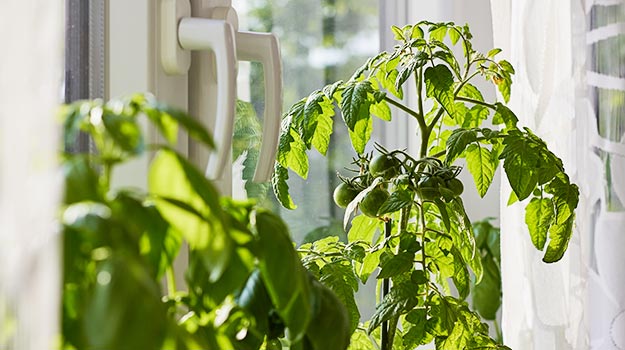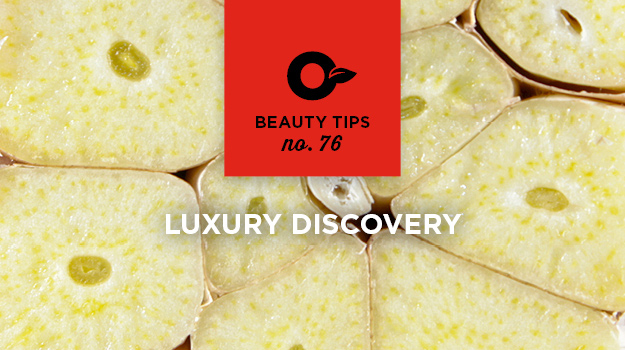
Days are getting noticeably shorter and there’s a nip in the air. You may even be seeing a few frosty mornings in your neck of the woods.
Don’t be in a hurry to put the mower and pruners away quite yet. There’s still plenty to keep you busy until it’s time to tuck your garden in for the winter.
- Gather seedpods and flower heads from annuals and wildflowers. Dry the seeds and save them for planting next spring.
- Plant new perennials if the soil is still warm. Water newly planted perennials well to help them survive their first winter.
- Start planting spring-blooming bulbs. Dig a little bulb fertilizer into the soil to give them a boost.
- Cut back spring-blooming perennials, or leave them in place to add interest to the garden.
- Plant mums, pansies and kale for late fall color.
- Divide peonies. Move the divisions to a sunny spot in your garden.
- Take a few cuttings from your favorite rose bushes. Propagate them for next spring.
- Stop fertilizing perennials and roses, if you haven’t already. Fertilizing in late summer triggers tender new growth that is likely to be nipped by cold this winter.
- Cut healthy shoots from your favorite annuals to propagate this winter. Good candidates include fuchsia, petunia, geranium and African daisies.
- Plant bulbs such as crocus, hyacinth, daffodils and tulips in pots to force indoor blooms. Depending on the type of bulb, allow 14 to 16 weeks of cold followed by a couple weeks of warmer temperatures for blooms to appear.
- Transplant herbs such as chives, mint, parsley, rosemary and thyme into pots for growing indoors.
- Harvest remaining squash and pumpkins before the first frost puts an end to them. Store the squash in a well-ventilated spot where temperatures are consistently between 50 and 68 F. (10-15 C.).
- Listen to the weather report and be prepared to cover frost-tender plants with hotcaps or row covers.

- Bring green tomatoes indoors before temperatures drop below 50 F. (10 C.). Let them ripen indoors in a cardboard box or paper sack.
- Harvest onions when the leaves fall over and turn yellow. Let them cure on the surface of the soil for a week or so before moving them to storage.
- Plant garlic now for a bumper crop next year.
- Dig remaining potatoes when the tops die down. Store them in a cool, dark location.
- Aerate cool season lawns such as fescue or Kentucky bluegrass.
- Reseed bare patches in your lawn. Water daily until the new grass is established.
- Water evergreens deeply to prepare them for winter.


